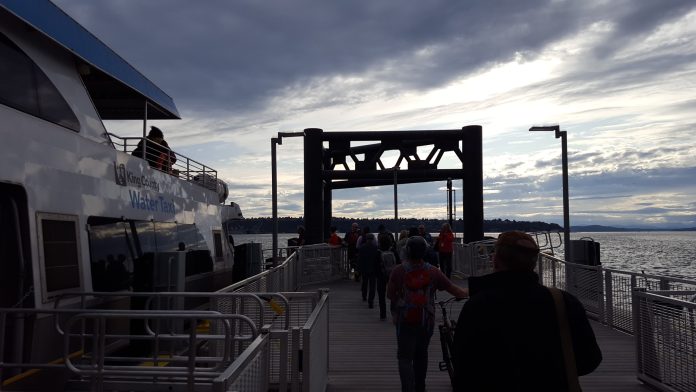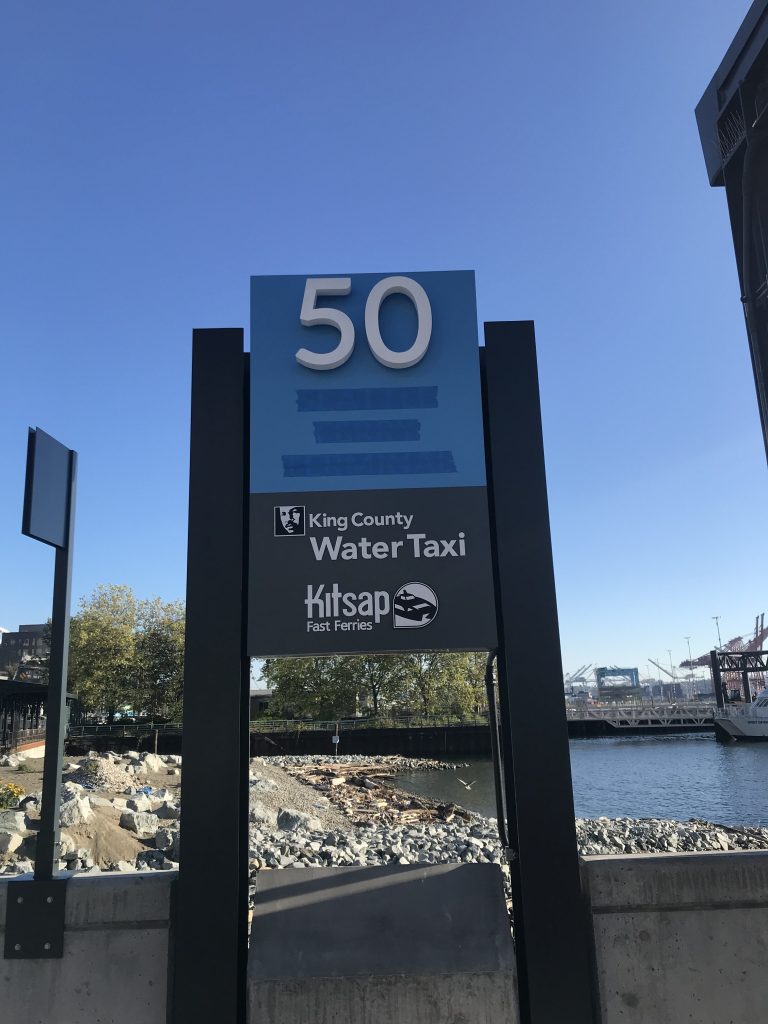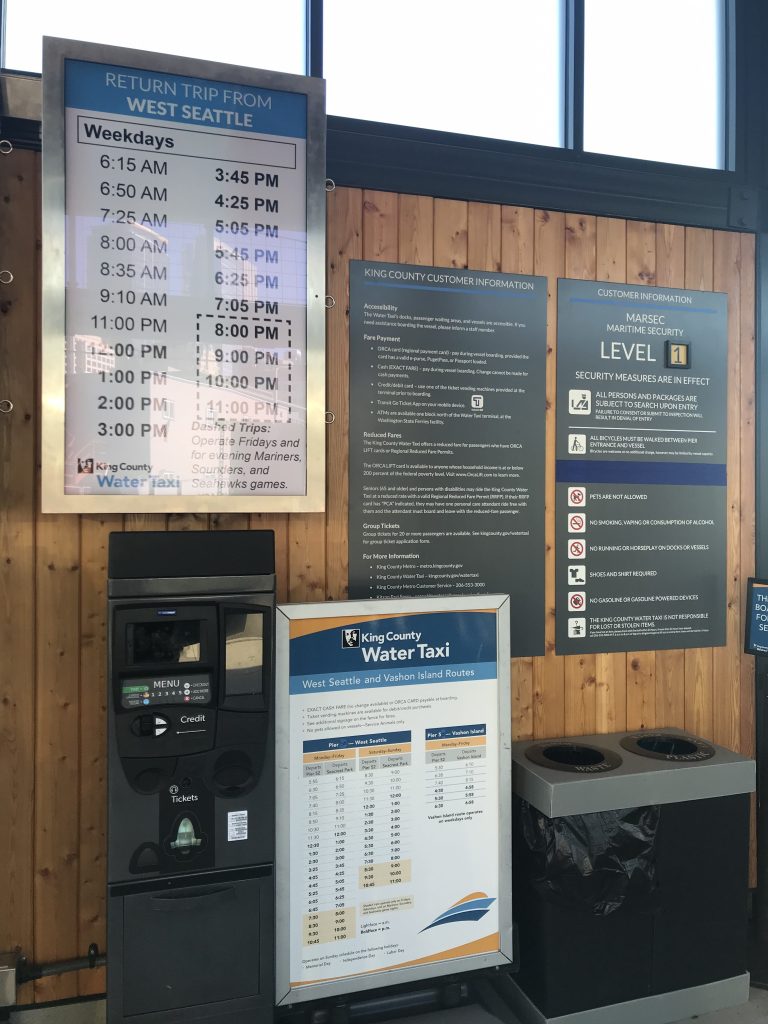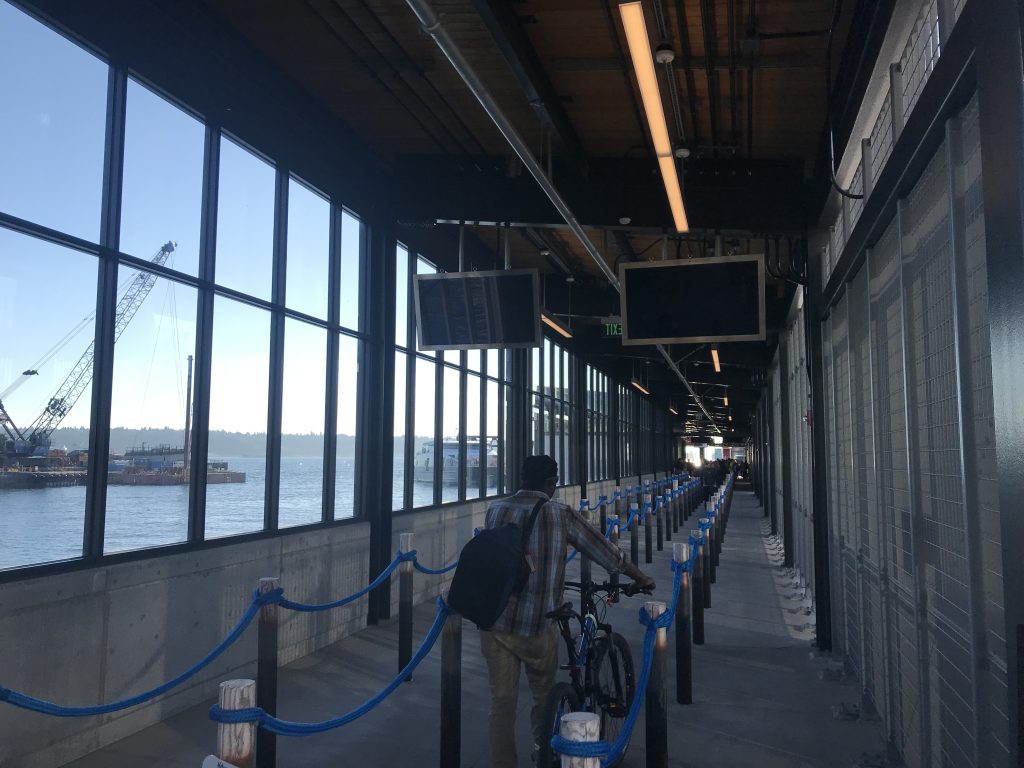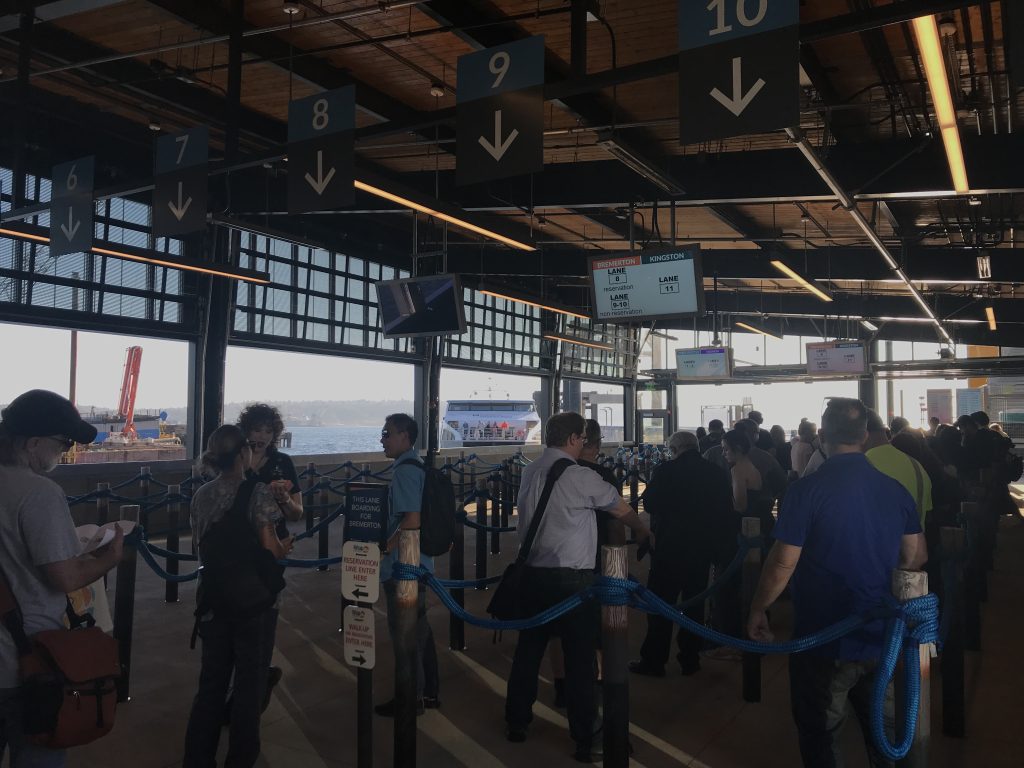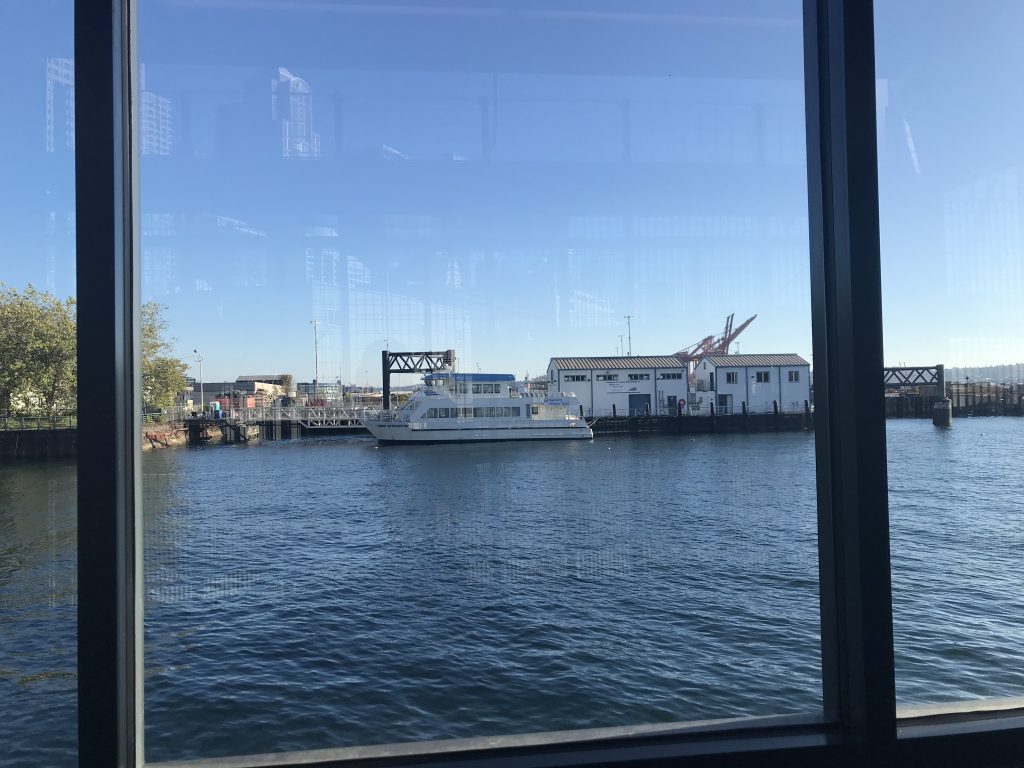Passenger-only ferry ridership is growing in Puget Sound, according to recent data from the Puget Sound Regional Council (PSRC). Both King County Metro’s and Kitsap Transit’s ferry routes have seen large winter and spring ridership gains in the past year, the data indicates. Ridership grew by 24% year-over-year with the bulk of that going to Kitsap Transit which posted 110,000 new riders, a 27% increase. Metro carried 59,000 more passengers over the same period from the year before, a 20% increase.

Over a wider time period, Kitsap Transit’s ferry ridership has traditionally been more comparable in ridership to Metro, but things began to turn in 2018 as more passenger-only ferry service was deployed. First a fast ferry route from Bremerton to Seattle was launched in 2018 followed by a Kingston-to-Seattle route last year. Both were the result of a countywide measure to fund those service increases passed by voters in 2017. In 2020, Kitsap Transit will launch another fast ferry route from Southworth to Seattle.
Since 2014, ridership has boomed 126% on Kitsap Transit’s ferry network. That is astounding but indicative of just how much pent up demand there is for cross-Puget Sound transit options, particularly island dwellers who work in Seattle. Metro’s ferry passenger growth has been slower, but still has risen an impressive 79% over that time period. With a wider lens to 2010, the first full year of service, Metro’s ferries carried 307,640 passengers, so posting 357,000 passengers in the first six months of this year is nothing to sneeze at.
Currently, Metro operates the Water Taxi on two routes: West Seattle-Seattle and Vashon Island-Seattle. During the summer sailing season, the Water Taxi runs seven days a week and has extra service on weekdays while in the winter it only operates on weekdays. Kitsap Transit, however, has four ferry routes: Port Orchard-Bremerton, Annapolis-Bremerton Bremerton-Seattle, and Kingston-Seattle (more could eventually follow). The routes run Monday through Saturday during the summer sailing, but service is reduced to just weekdays during the winter sailing season.
This summer was the first year in which the Kingston route ran on Saturdays, having debuted as a route in November. Ridership has been gaining rapidly since then. Approximately 12,400 passengers were riding it during its first full month of service in December and by June 18,300 passengers were riding it. Nevertheless, ridership among Kitsap Transit fast ferry routes could have been a few thousand higher during the first six months of 2019 had 81 weather and mechanical trip cancellations not occurred.
Earlier this year during the peak of the Seattle Squeeze, Metro’s West Seattle-Seattle ferry route picked up double the normal trips and were reportedly seeing much higher volumes. King County Executive Dow Constantine had hinted that he was open to keeping extra trips if there was demand, but the extra sailings were eventually cancelled as the summer sailing season went into effect in March. With increased ridership though, it only seems like a matter of time for more permanent trips, especially as improved passenger-only ferry (Pier 50) has opened at Colman Dock.

However, conventional car ferries primarily operated by Washington State Ferries (WSF) still command the largest share of passengers in Puget Sound with approximately 11.2 million passengers (93% of all rides). Much of the passenger growth though is going to passenger-only ferries and walk-ons in general. WSF has consistently posted gains in ferry ridership for 16 straight years with walk-on passengers being a large growth category. Walk-on passengers grew at four times the rate of car passenger growth in 2018 with a 1.2% increase, mostly on routes in the Seattle area.
In January, The Urbanist reported on this trend: “The Fauntleroy-Southworth route saw walk-on passengers jump by 14.5% while the Southworth-Vashon walk-on passenger volume grew by 13.4%. The Seattle-Bremerton route also saw a 5.6%, even as high-speed foot ferries by Kitsap Transit have been launched on the same corridor.”
An important cautionary takeaway though is that ferry ridership can be fairly seasonal. While this is certainly true of WSF service, particularly in the San Juan Islands, it is especially true of passenger-only ferries. Metro’s ferry system is especially volatile with high highs in the summer time and low lows in the winter. Part of that is indeed the result of fewer sailings, but admittedly much of the summer ridership amounts to tourism and recreational trips. The Seattle Times even noted the Water Taxi as Seattle’s cheapest date this summer, which is a testament to just how popular it is for locals who ride it for the view of Elliott Bay.

Kitsap Transit and Metro undoubtedly have routes today where service could eventually be expanded with more trips and the new Southworth route coming online next year, but the recurring dream of a returned, mighty Mosquito Fleet is still widely popular. Recently passed state legislation is funding a $350,000 study led by the PSRC to explore expansion of passenger-only ferry routes and terminals throughout Puget Sound as well as Lake Washington and Lake Union. The study will include 12 different counties in Puget Sound.
Previous study on the topic has been fairly bleak on cost, ridership, and time competitiveness of cross-lake ferries, though a private company appears to be seriously pursuing service from Renton on Lake Washington. Cities like Olympia, Tacoma, and Des Moines have all lobbied for studies to connect the communities to Seattle via fast ferry, so perhaps the next study will shed more light on their viability with changed economic, land use, and transportation realities.
Stephen is a professional urban planner in Puget Sound with a passion for sustainable, livable, and diverse cities. He is especially interested in how policies, regulations, and programs can promote positive outcomes for communities. With stints in great cities like Bellingham and Cork, Stephen currently lives in Seattle. He primarily covers land use and transportation issues and has been with The Urbanist since 2014.


